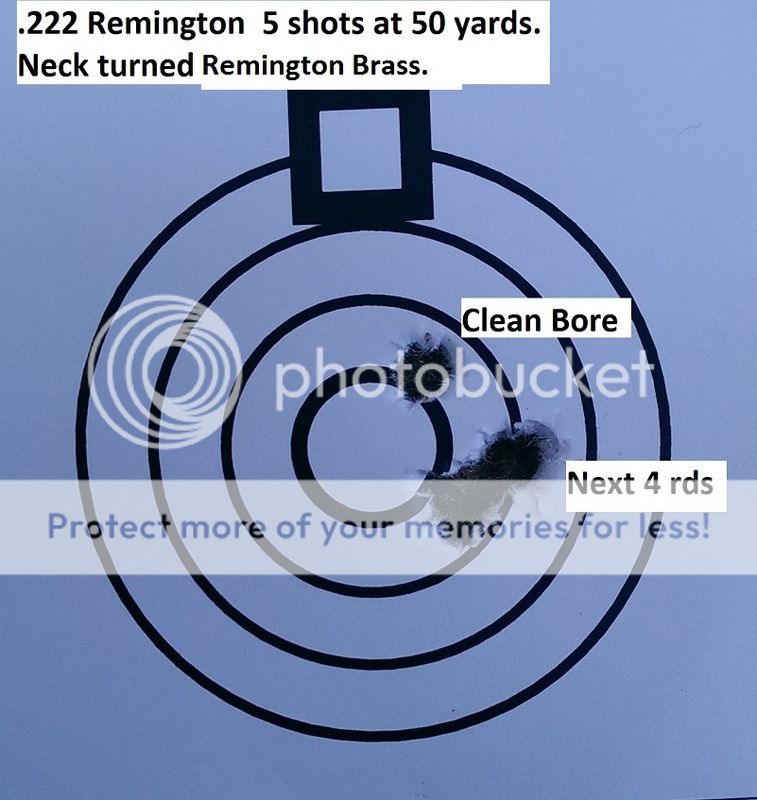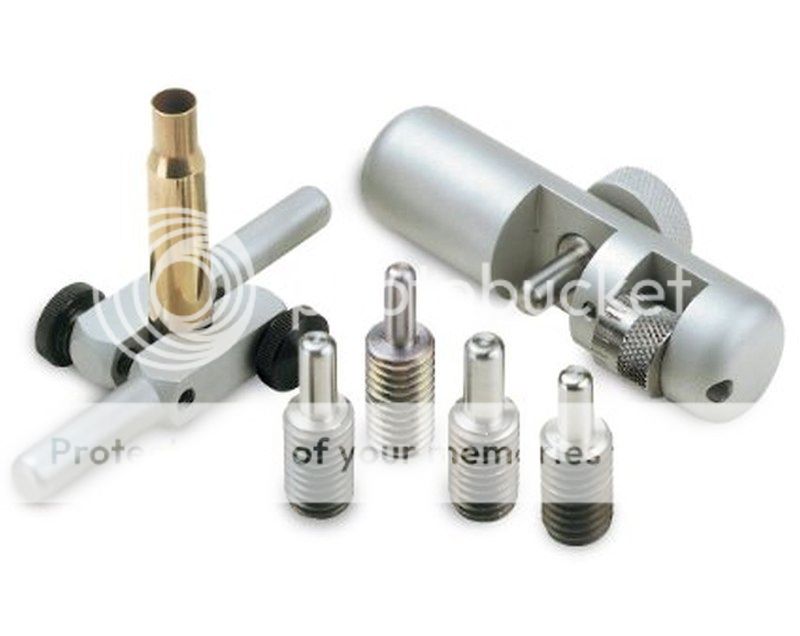Jim,
Another variable to add to the list!
As long as the testing is done with 10 rounds that have the same cast bullet with 1 ring filled with Ben's Red, and the next 10 rounds will have 2 rings filled with Ben's Red. All other factors on the 20 rounds being identical.
If there is a marked difference in performance and the above is the only difference in the 2 loads, it will be easy to isolate the best performer.
Ben
Another variable to add to the list!
As long as the testing is done with 10 rounds that have the same cast bullet with 1 ring filled with Ben's Red, and the next 10 rounds will have 2 rings filled with Ben's Red. All other factors on the 20 rounds being identical.
If there is a marked difference in performance and the above is the only difference in the 2 loads, it will be easy to isolate the best performer.
Ben


